Pedal Order by the Numbers – Plus, the Pros on Pedal Order
A quick and easy guide to the conventional wisdom on pedal order.
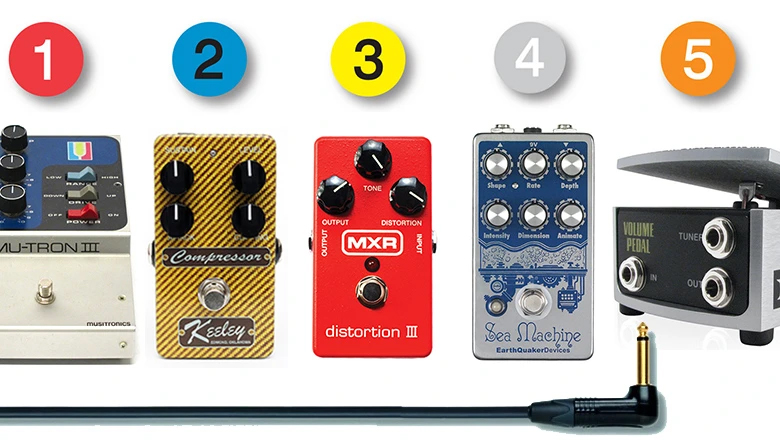
Here is a quick and easy guide to the conventional wisdom on pedal order. While there are good sonic reasons to follow these basic principles, many famous players have chosen to break the rules, and they’ve crafted some pretty compelling sounds. Feel free to experiment. If it sounds good to you – go for it!
Position 1. Filters
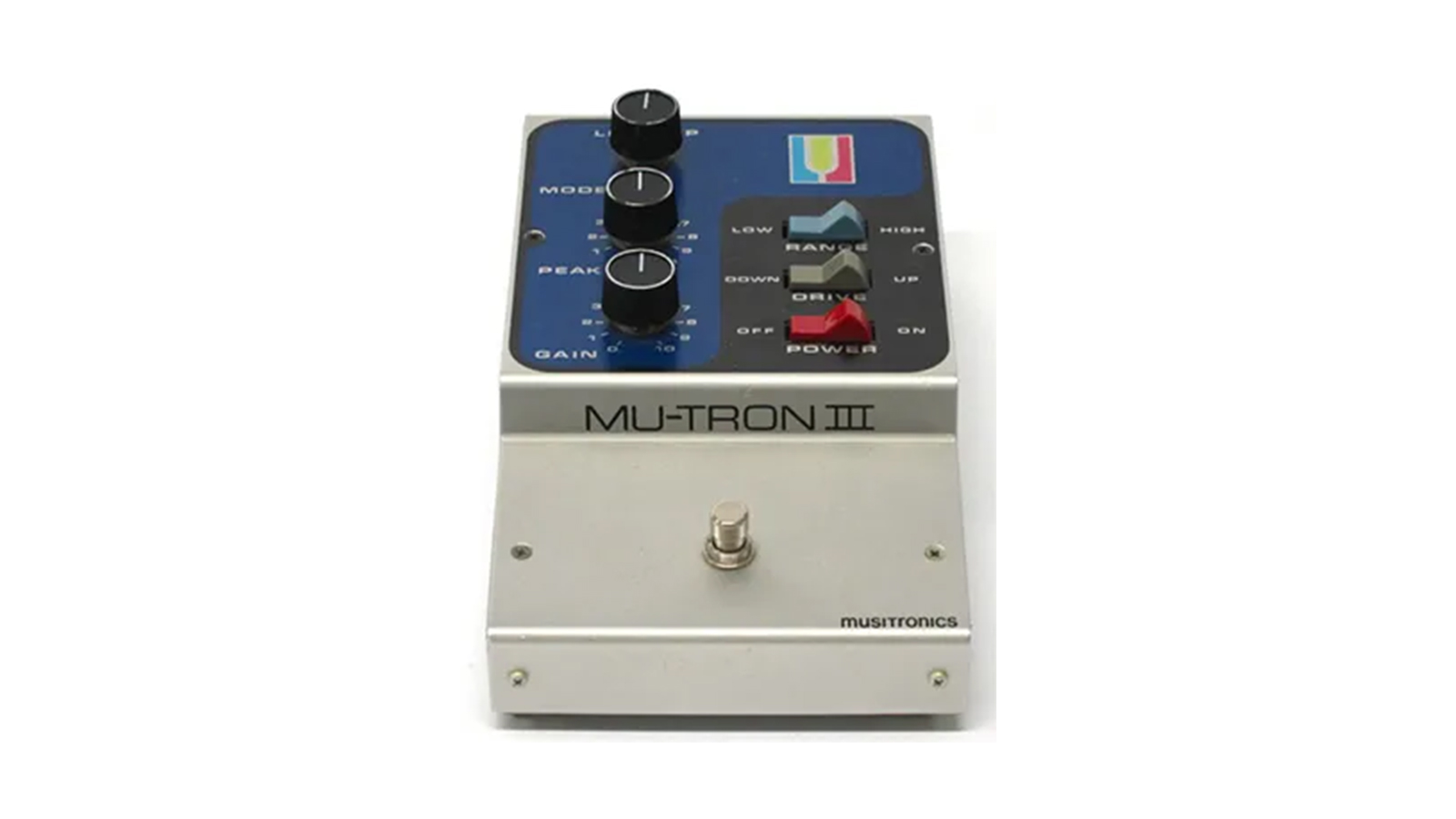
As auto wahs, envelope followers and other dynamically controlled filter effects respond to your attack, you don’t want to limit dynamics with compressors and/or distortion pedals that reduce dynamic range. Most players also put wah pedals first in the signal chain – mostly to come before distortion effects – however Tom Morello is a notable exception.
Position 2. Compressors
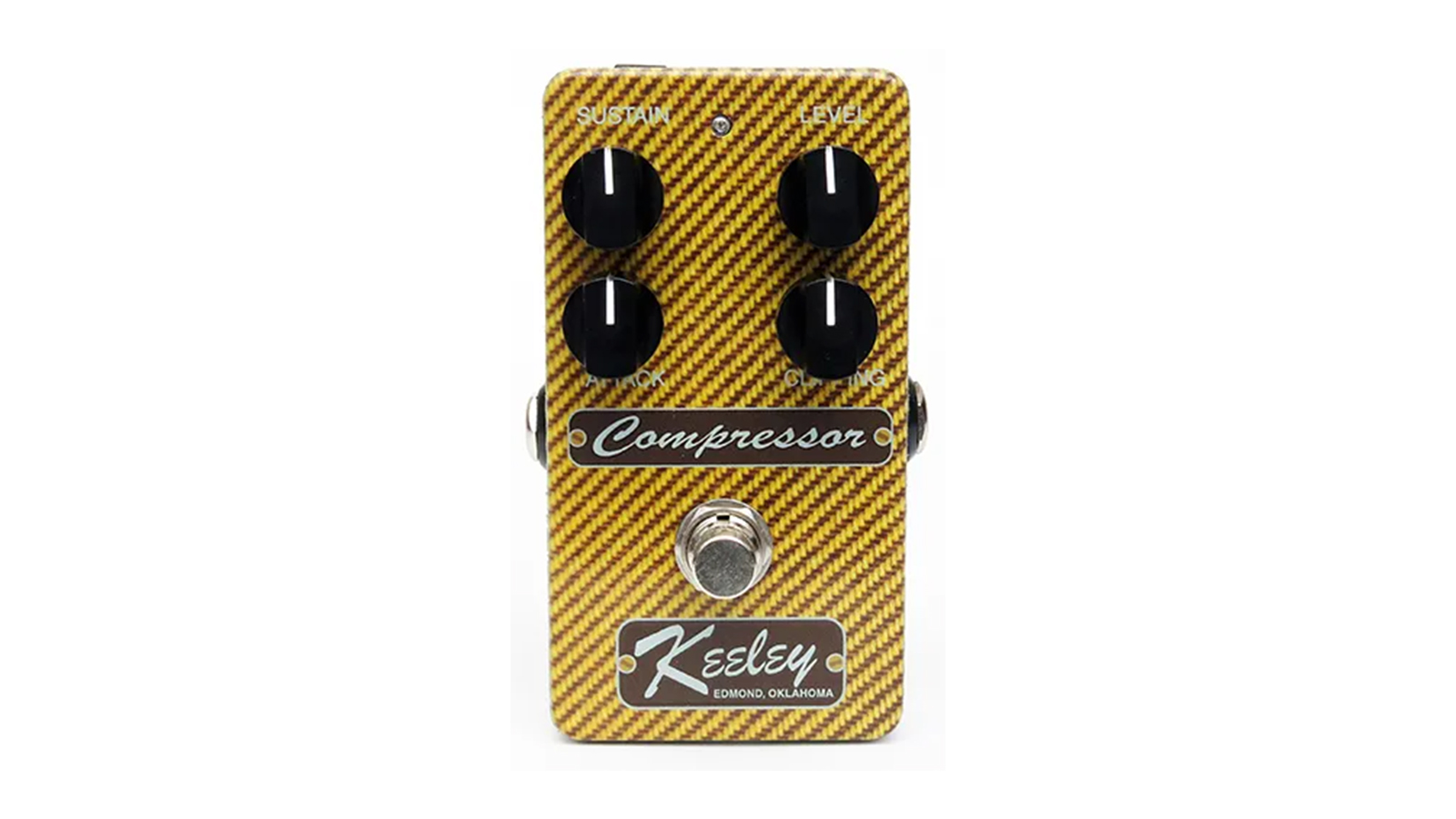
Compressors can raise the noise level of everything that comes before them, so they should come as close to the beginning of the chain as possible.
Position 3. Distortion/Overdrive
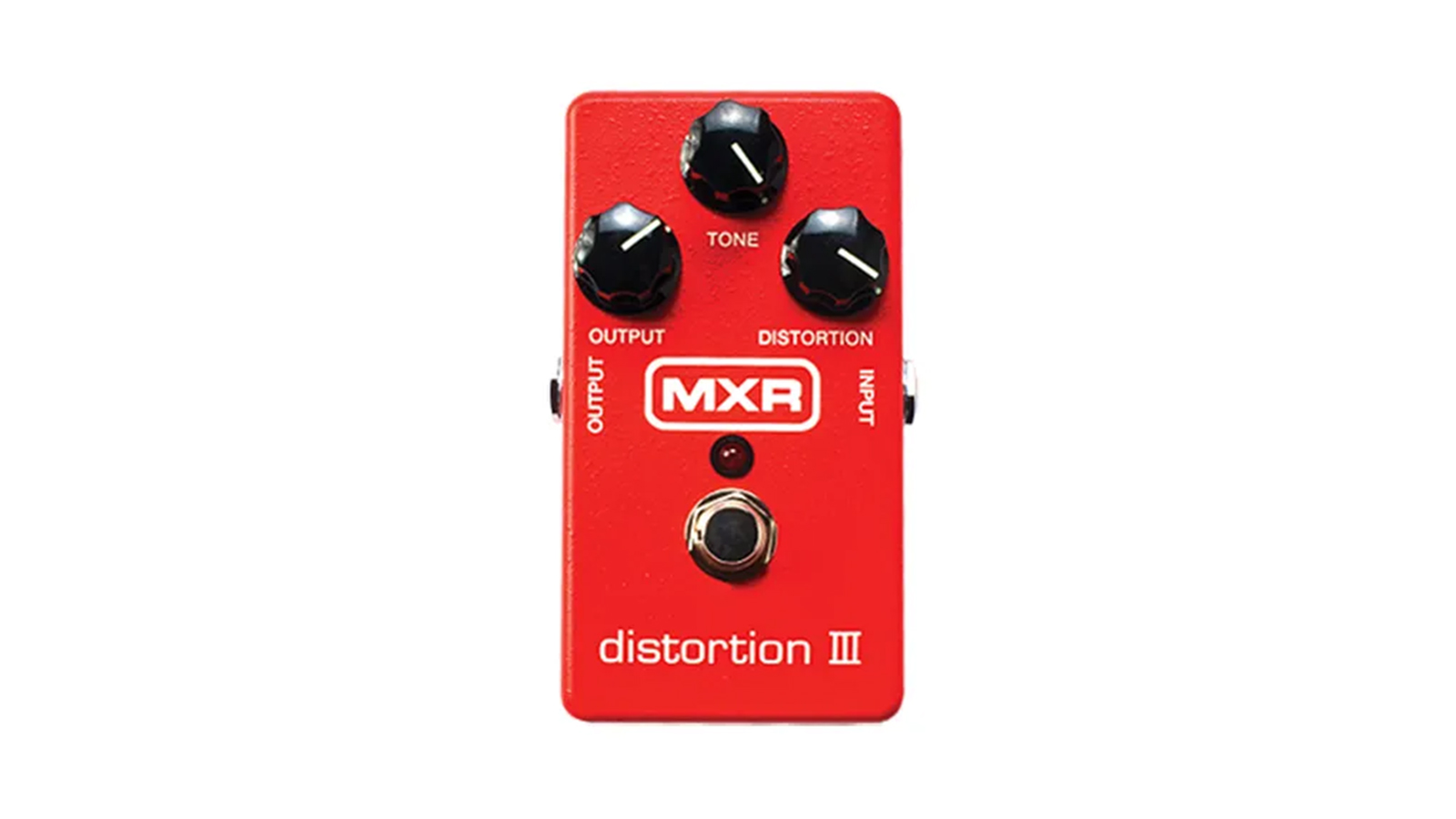
Distortion and overdrive pedals prefer to see an unmodulated signal, and the harmonics generated by a distortion device bring richness to any chorus, phasing or flanging effects that follow.
Position 4. Modulation
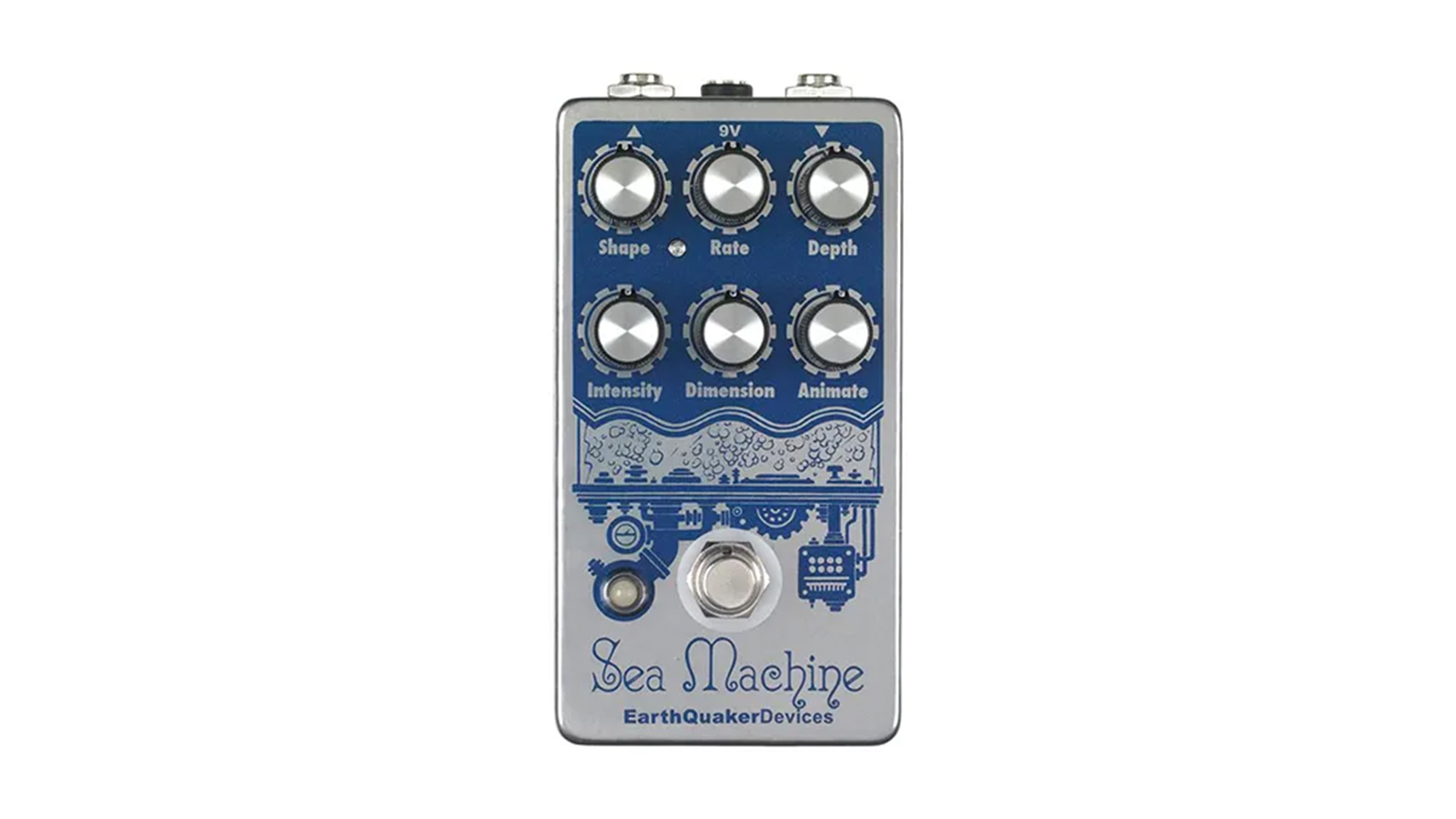
Tremolo, chorus, phaser and flanger pedals fit nicely here, due to the aforementioned interaction with distortion boxes.
Position 5. Volume Pedal
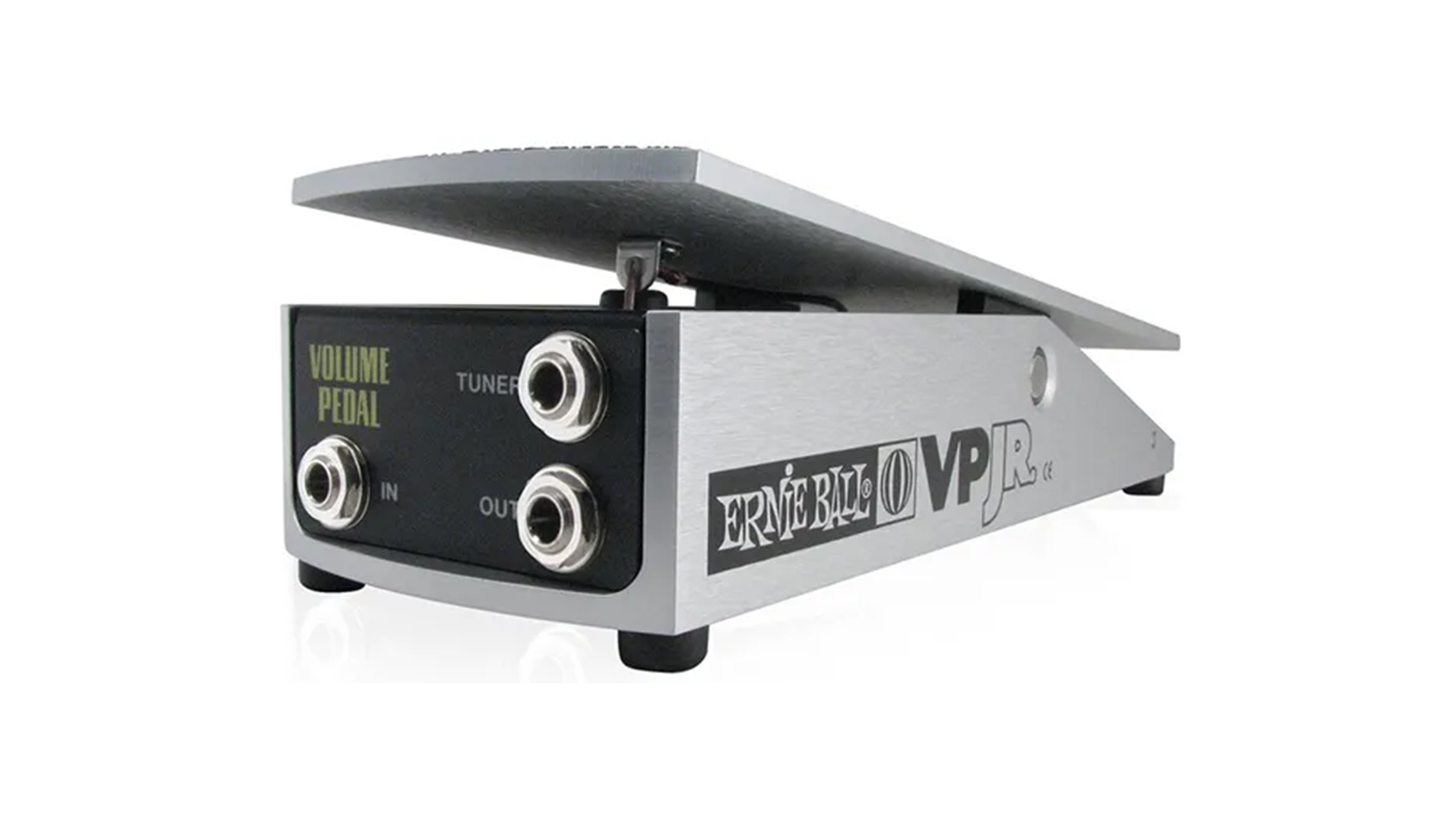
In this position, the volume pedal allows you to maintain a consistent signal from your guitar to your distortion devices, and get full shred at low volume. However, you’ll likely want to place delay and reverb effects after the volume pedal to ensure their tails continue to decay after the volume is cut.
Position 6. Delay and Reverb
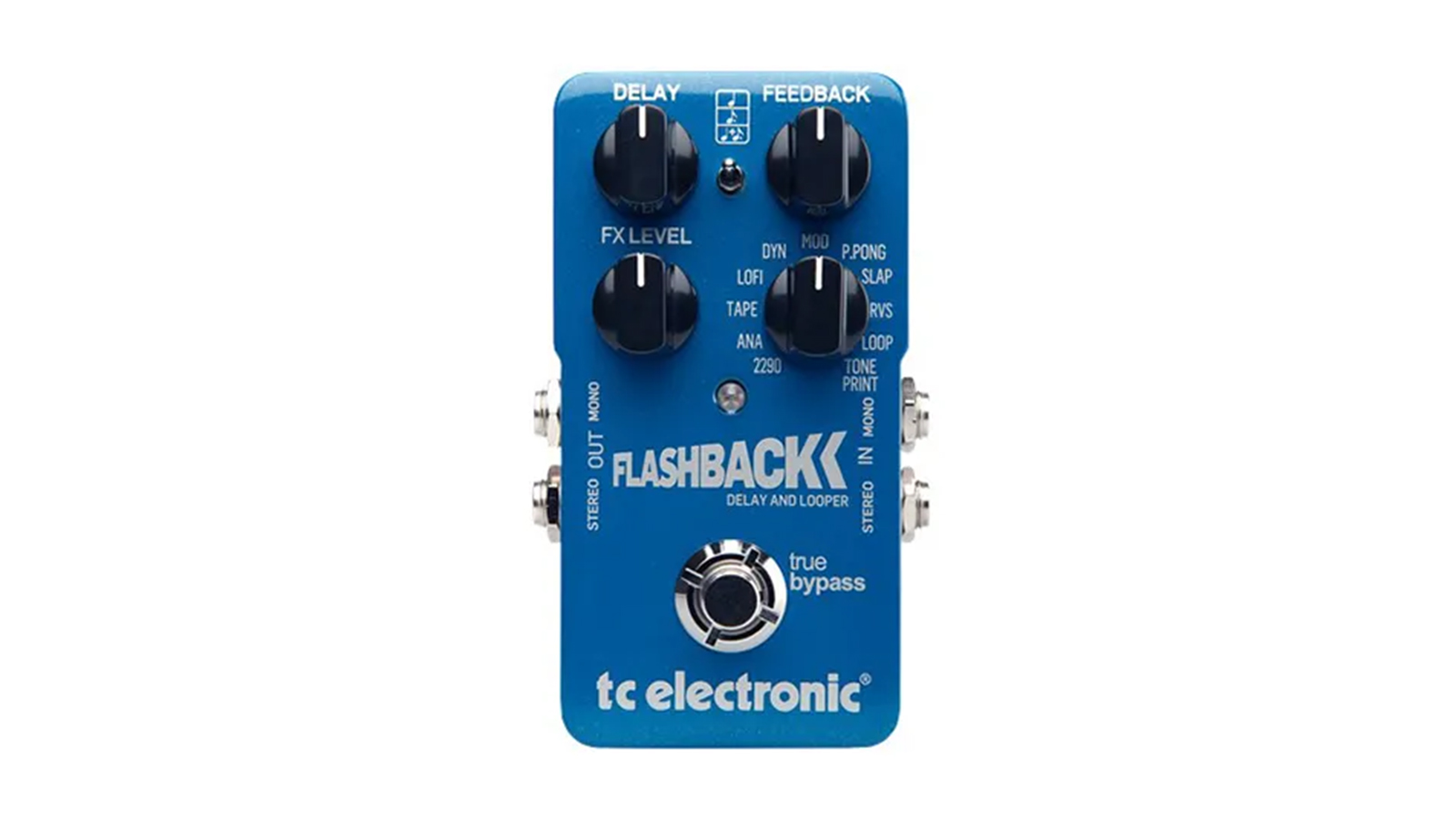
These effects come last in the chain – usually delay, and then reverb – because placing them before distortion pedals can trigger a jump in the ambient effect level whenever extra gain is engaged.
Get The Pick Newsletter
All the latest guitar news, interviews, lessons, reviews, deals and more, direct to your inbox!
The Pros on Pedal Order
How you order your effects pedals determines your sound. While conventional wisdom provides some basic guidelines, here is some personal advice from the pros.
Bob Bradshaw: (Custom Audio Electronics): “I put the distortion devices early in the chain, then the filter-y and wah-type things and modulation, and then delays. I like the idea of a harmonically rich distorted signal being filtered, rather than filtering a clean sound going into an echo.
“You can also think of it as what the signal path in a studio situation would be if you were to plug your guitar directly into the input of your amplifier, and process that sound through outboard effects. You’re not going to have your echo first before going into your distortion boxes – unless you’re looking for a specific sound – because you want the echoes to die out naturally, and not with your distorted sound.”
Pete Cornish (Pete Cornish Ltd.): “Compressors should be first in line from the guitar. Do not use a volume pedal first, as this will defeat any compression, and leave the system with maximum noise if the volume pedal is reduced to zero. I tend to connect any distortion devices and high-gain pedals first in line, and the lower-gain pedals later. I have found that the higher-gain devices control sustain, and the lower-gain devices control the tone if they are connected in this order. Modulation devices can come next.
“Volume pedals work well just before any delay or echo effects, as you can fade in and out of delays smoothly. A volume pedal at the very end of the chain just before the amp input will control master volume, and can also be used as a mute. Reducing the signal at this point will also reduce any noise. I put clean boosts right at the end – also just before the amp input – to ensure that any effects earlier in the chain would not be overloaded.”
Dave Friedman (Rack System, Ltd.): “Pedal order is a very subjective thing, and I’ve had people do it all backwards because that’s the way they like it. Generally speaking, compressors come before overdrives, modulation things are kind of in the middle and delays are at the end. The wah is kind of a personal preference. Sometimes it’s in front early in the chain, and sometimes it’s after overdrives.
“That said, I’ve had people do wahs after delays – and at the end of whole pedalboards – because they like to use them to filter the delays and other effects. The bass player from Rage Against the Machine liked his wah last and his delay first!”
"The only thing missing is the noise from the tape loop." We review the Strymon EC-1 Single Head dTape Echo, a convincing take on a very special vintage tube Echoplex
"BigSky MX will be replacing the BigSky as my go-to reverb pedal. I’ve heard nothing that covers all the bases with such pristine and detailed audio quality." We crowned the Strymon BigSky MX the champ of multi-reverb pedals










